Whether you’re someone who walks the grocery store aisles with the calculator app perpetually open or ends up shamefacedly setting things aside at the self-checkout as you see the grand total rising much higher than anticipated, you may have noticed food prices are up. There are many factors at play here, one being that over the past 50 years the commercial agricultural complex has used commodity subsidies and industrial models of scale to keep prices artificially low.1 In addition, stricter immigration enforcement has hit these businesses particularly hard, slowing the Big Ag gravy train.2 Before you let these truths spoil your appetite, take heart, because strategies exist to work around both the trap of nutritionally void (but cheap) processed food and higher prices.
Victorious Veggies. There’s nothing like a sweet price to transform a weekly act of drudgery into a treasure hunt. California supplies much of the U.S. with its produce, particularly in the winter. But even so, we’re not immune to price elevation. In this case, timing is of the essence. Finding out which days (or time of day) shipments tend to arrive can alert you to when produce will be marked down and moved to “bargain” areas to make room for new stock. This sometimes works at farmers’ markets as well, especially on Sunday in the last hour before closing. Discount stores now offer some produce3 and due to the large grocery chains’ strict standards of uniform quality, whole pallets of fresh fruit and veggies can be sent to these stores. (Tip: Be sure to check for spoilage and have a general idea of what the standard retail cost is.)
The Freezer Is Your Friend. One idea recommended by Mary Stupin, a health and wellness coach based in Cherry Valley, is to scan the freezer aisles (including places like the 99 Cent Store) for deals on USDA organic vegetables. Not having to worry about rushing to consume wilting greens or bruised berries helps to avoid waste – the depressing equivalent of throwing cash in the trash. Dipika Patel, a life coach from Palm Desert, says buying in bulk and then cooking and freezing portioned meals helps stretch your dollar, especially when using protein-rich dried beans and quinoa, which are cheaper when bought in bulk.
Mirror the Meerkat. If recent revelations haven’t dissuaded you from engaging in social media, one of the best uses for Facebook is following tips from local bargain hunters who like sharing their finds. Like the ubiquitous Living Desert mascot, their periscopes are always up. Joining groups – either focused on deals or meals – can clue you in to what’s cheap and yummy in real time. Leanne Brown got so immersed in her role as a “mealtime meerkat,” she wrote a book about her finds, entitled Good and Cheap. True to form, the entire book of tips and recipes can be downloaded free at https://www.leannebrown.com/cookbooks/.
The general populace may be conditioned to believe that the more nutritionally dense a food is, the more coin you’ll pay. When compared to processed food made almost exclusively of cheap corn and soy (and their derivatives), this is clearly not always true. If you are knowledgeable and spend a little time each week planning, you can stock up on staples both your doctor and banker will approve.
Megan Goehring is the Palm Springs manager and community liaison for the Certified Farmers Markets of the Coachella Valley and is passionate about improving access to fresh, high quality food for everyone in her community. For local farmers’ markets dates and times visit www.certifiedfarmersmarkets.org or call (844) 732.7628.
References: 1) https://www.csmonitor.com/Business/The-Bite/2015/0908/Here-s-why-industrial-food-is-deceivingly-cheap; 2) http://www.digitaljournal.com/life/food/how-immigration-enforcement-will-affect-our-food-prices/article/488242; 3) https://blog.mint.com/consumer-iq/dollar-store-groceries-what-to-skip-and-what-to-stock-up-on-092012h-dollar-store-what-to-skip-and-what-to-stock-up-on-092012/



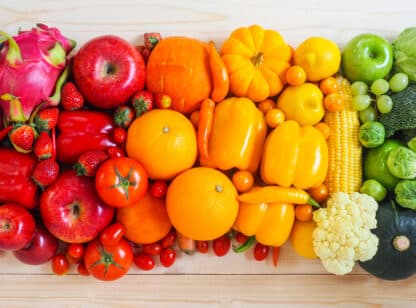
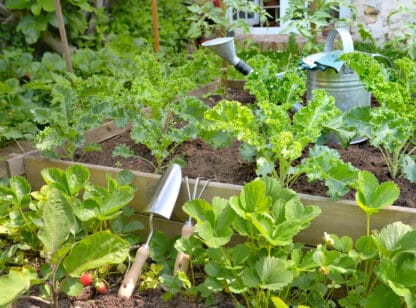
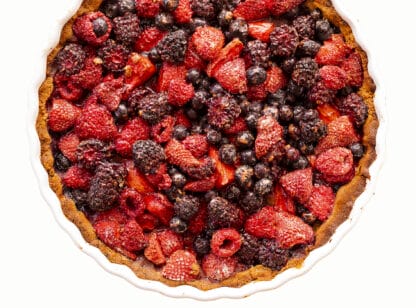


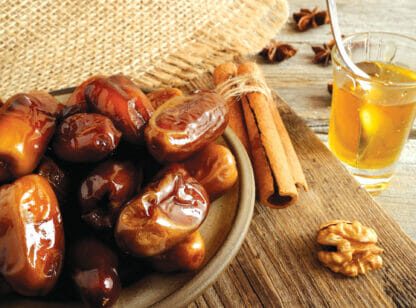
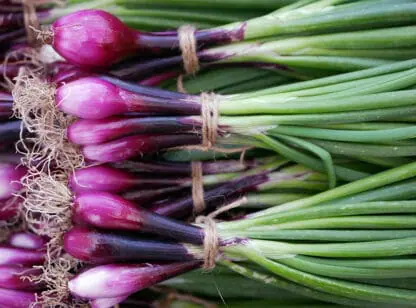

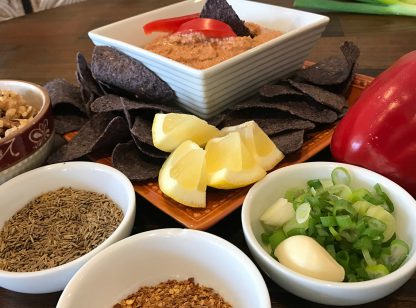
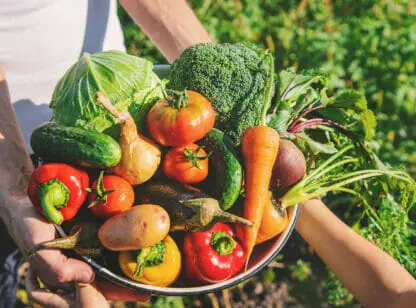



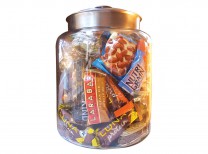
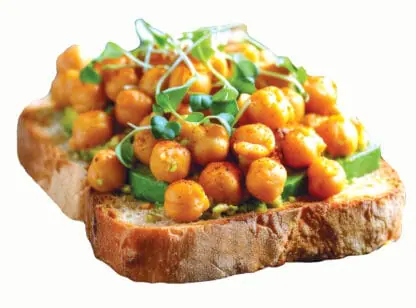
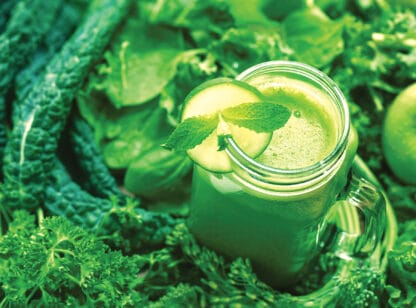


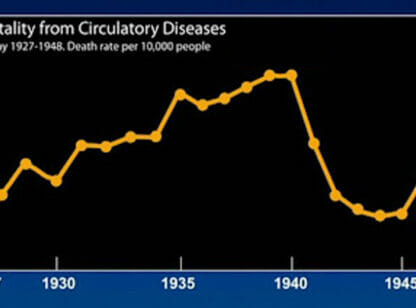





























Comments (0)